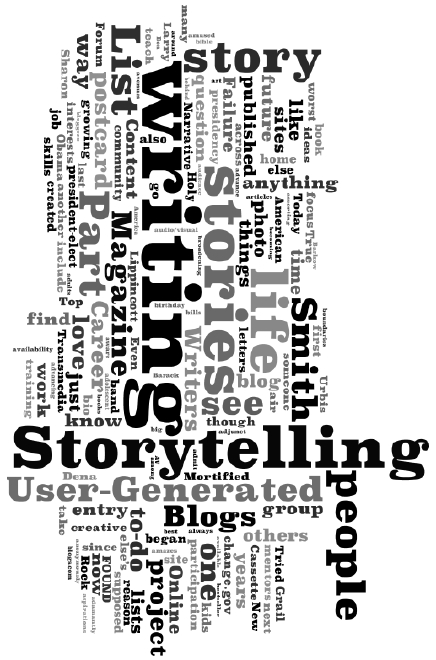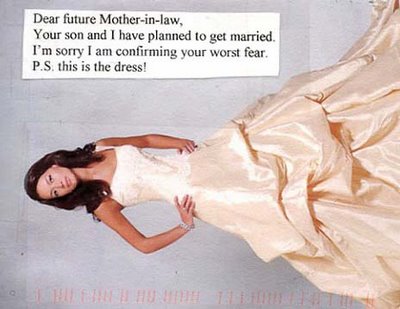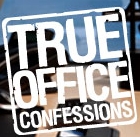
What a thrill to present the 15th in my Q&A series with story practitioners, this one with Ardath Albee. I came across Ardath as part of my great interest in using storytelling in marketing (in part because any marketing use of storytelling also relates to marketing oneself in job searches and career.) I found Ardath especially warm and receptive to my blogging about her, her business, Marketing Interactions, and the wonderful ebook, Why Marketing Stories Have Catch, she offers for free download. See her bio below.
Bio of Ardath Albee from her blog:
Ardath Albee spent over 15 years servicing the most demanding customers in the world – acting as a turn around specialist in hospitality service businesses, specifically within the resort industry. Ardath knowns that every day and every interaction is all about the customer. All the time. Making sure people are satisfied and happy isn’t always easy. But it’s extremely worthwhile.
When she transitioned into the technology industry in 2000, she was  fascinated with the disconnects she noticed in B2B companies; specifically how their intentions didn’t always translate well within their marketing actions.
fascinated with the disconnects she noticed in B2B companies; specifically how their intentions didn’t always translate well within their marketing actions.
There is a huge disconnect between what companies intend and in their ability to translate those ideas into effective, ongoing, consistent marketing and sales initiatives.
As president of Einsof for more than seven years, she helped companies implement marketing and sales performance software, only to see them under-utilize the tools. Worse yet, companies were often unable to leverage the full capabilities of Einsof’s software because they either didn’t understand how to implement the changes in the status quo required and/or they didn’t devote resources to the content requirements that would best leverage the opportunities the software afforded.
She saw the need for marketing to be implemented as a strategy that reaches across the enterprise. She couldn’t justify the disconnect between marketing and sales. She saw opportunities for tools and approaches that, if used to their full potential, could have a dramatic impact on streamlining sales efforts while capitalizing on business results.
Ardath began to successfully implement her ideas with Einsof customers. Writing the Marketing Interactions blog involved Ardath in substantial customer conversations, deepening her knowledge of what companies can achieve while verifying many of her principles. Read more here.
Q&A with Ardath Albee (Questions 1 and 2):
Q: How did you initially become involved with story/storytelling/narrative?
A: I’ve always written stories — since 4th grade English class. I have a degree in English literature and use it every single day for business initiatives. I also write women’s fiction for fun, although I’ve come close to publication and pursue that possibility when time permits.
I initially became involved in verbal business storytelling when I was a turnaround specialist for the hospitality industry. Trust me, hotel guests and country club members could care one wit about your business. They only care about the quality of their experience with it.
When I transitioned to the technology industry in 2000, it was intuitive for me tap those insights to generate content marketing campaigns for software, as well as in building solid customer relationships.
Q: What attracted you to this field? What do you love about it?
A: As president of Einsof, I saw our customers buying software to empower online marketing and then be frustrated because they were struggling to get results. It wasn’t the software, it was the content they were putting into it. I began helping them get results by showing them how to refine the way they told their stories and knew that I’d found my professional passion.
I’m absolutely intrigued with the process of involving people in visualizing possibilities. After all, that’s what every company is selling. The more realistically a prospect can engage with a story — envisioning themselves playing a pivotal role — the more likely they are to reach out to that company to get the outcome they can “see.”
![]()











